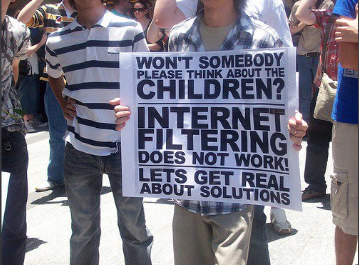Mobile Learning and Cloud Computing
Mobile Learning
 According to the 2010 Horizon Report Mobile computing will be widespread within education within one year or less. The proliferation of mobile devices that include smart phones, iPods, laptops, netbooks, kindles and ipads within an environment that is increasingly wired, makes the adoption of curriculum driven by technology possible. These mobile devices are part of the daily lives of more and more individuals of all ages. The current problem in many schools today is the censorship of many valuable websites. The classroom of today and tomorrow needs to get beyond the filtering mentality and set learning free.
According to the 2010 Horizon Report Mobile computing will be widespread within education within one year or less. The proliferation of mobile devices that include smart phones, iPods, laptops, netbooks, kindles and ipads within an environment that is increasingly wired, makes the adoption of curriculum driven by technology possible. These mobile devices are part of the daily lives of more and more individuals of all ages. The current problem in many schools today is the censorship of many valuable websites. The classroom of today and tomorrow needs to get beyond the filtering mentality and set learning free.
Mobile learning will further blur the boundaries of formal and informal learning spaces. Smart inexpensive mobile devices will make learning available anytime and anywhere. In the future younger and younger students will come to classes with mobile devices. Schools will need to provide network hot spots so that full utilization of devices can benefit students and teachers without students incurring access costs.
In 2010 many educational institutions are introducing M-learning to campuses. Mobile devices in the classroom can be used in place of clicker devices, to take part in class polling, as a back channel to add information and questions to ongoing classes, and as a means to access information through QR codes or augmented reality applications. Smart mobile devices open up the possibility of discovery-based learning as part of museum or historic location visits, and as part of problem solving discovery games. Mobile devices can be used to access information and multimedia related to locations, study through mobile apps, access online class materials, and communicate through email, text, and social networks.
Cloud Computing..It's already here
Cloud computing is computing that takes place on the web rather than on a user's desktop. Those using the cloud would access shared resources, software and information that are available on demand from the internet. While one user may access a Microsoft Office application on her/his own computer, a cloud user might access Google Docs to perform the same actions. Benefits include potential cost savings and anywhere- anytime access; dangers include a shift of control of user data to an outside organization, potential compromising of information or non access during outages on the web or at the host's service.
Cloud Computing Explained
How Does Cloud Computing Impact Education?
The video below is created by Microsoft and has a healthy dose of self-promotion; however, it does illustrate how cloud computing can be utilized in schools.
Next up, Simple Augmented Reality and Geolocation
